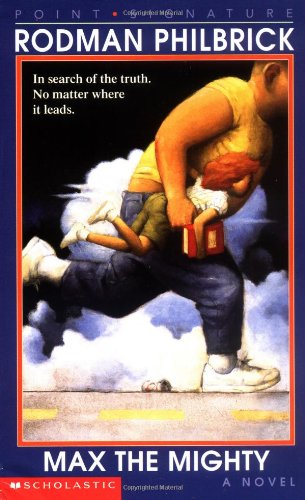Raven Girl – buy it
by Audrey Niffenegger – her website
Recommended Ages: 14+
[button color=”black” size=”big” link=”http://affiliates.abebooks.com/c/99844/77798/2029?u=http%3A%2F%2Fwww.abebooks.com%2Fservlet%2FSearchResults%3Fisbn%3D9781419707261″ target=”blank” ]Purchase here[/button]
Audrey Niffenegger, author of The Time Traveller’s Wife, has written and illustrated a new fairy tale. There once was a postman who falls in love with a raven, and together they have a Raven Girl. The Raven Girl is born with arms and legs, but she longs to fly. Niffenegger weaves fairy tale truisms with modern medicine to bring to life a story of identity, and the importance of an open mind and an open heart. The perfect book for fans of Rowling, Tim Burton, Neil Gaiman, Angela Carter, and of course Niffenegger herself.
I was lucky enough to attend a reading and Q&A session with Audrey Niffenegger at the London Literary Festival last night. With a brilliantly insightful eye, she gets to the twisted heart of the tale, and exposes it to us in her rich and clever tongue. As much a piece of art as a story, the fairy tale has been created and transformed into a ballet.
Opening on the simple life of the postman, who goes about his route only to be surprised with a remote address, the tale takes an unusual turn when he discovers a fledgling Raven fallen from her nest. Nurturing her at home, they soon fall in love. This is, of course, completely acceptable in fairy tale terms.
Think of Beauty and the Beast, Thumbelina, The Little Mermaid, and all the fairy stories of transformation, where love is the instigator of shedding a skin and becoming someone new. Once born, the Raven Girl first and foremost loves her own sense of self, her history, and longs to express it.
The language is metaphorical and image laden, but flows from sentence to sentence like the most classic of tales. It is the kind of story you swear you must have known all along.
Taking the iconography of birds, so prevalent in stories such as Swan Lake, The Golden Bird, The Raven, and so on, Raven Girl is a story that takes the ancient and the modern interweaving it beautifully to create something bold and truthful. The pictures of wings, folded protectively around the body, and spread wide in the image of freedom, encapsulate the sense of adventure and daredevil bravery that is involved in admitting freely who you are.
At the heart of the tale is the Raven Girl, who cannot speak the human language, communicating through clicks and caws. She is the girl who sits on the edge of the classroom, listening intently from the front row. She’s the girl you don’t quite know what to make of, who defies the boxes that human society wants to capture her within. When she goes to college, she is just as much a misfit as she was at home, and the ever present sensation of homesickness follows her around. The knowledge that no matter what she does, something is not quite right. I think she is a part of every one of us.
She epitomises the longing sensation of having a dream, of knowing a fundamental truth about yourself that needs to be expressed. She is the runaway, the thinker, the inventor, the person who hopes, and makes that hope a reality by whatever means necessary. She is the person who doesn’t shy away from the possibility of the future, no matter how much it scares her. She likewise encourages you, the reader, to dream alongside her. To dare to wish for the impossible. To find a way to make it happen.
She is not comfortable in her own body, but she is aware of her core identity. And those who love and accept her help her along the way, never wavering in their support. It is because of this that she seizes the opportunity to get her way and be true to herself fully and completely.
Like Edward Scissorhands, Frankenstein’s Monster, Fevvers, Luna Lovegood, and other literary misfits, Raven Girl gives you the sense of belonging through her recognisable individuality.
Niffenegger has a vendetta for cats, and they slink through this tale like sly reporters, passing along messages and threatening the birds whilst acting as informants. These are the weasels of Wind in the Willows, shrewd eyed and knowing. Think, if Mrs Norris could speak (I was always convinced she whispered!) then these are the cats who share their insights without mercy.
This is also a tale about romance (it is a fairy tale after all), and the quiet acceptance and mutual understanding of ‘true love’ when it can be found, as well as the fear of the unknown.
This illustrated book has gothic stylised pictures throughout in blacks and greys and browns and reds and greens. A ballet of colours that swirl together to tell the tale for the eye with vivid imagery. Together, word and picture create a moving and beautiful fairy tale befitting a dark world that is rife with ideas and innovation.
Once upon a time there was a Raven Girl, and I strongly recommend you read more about her!



